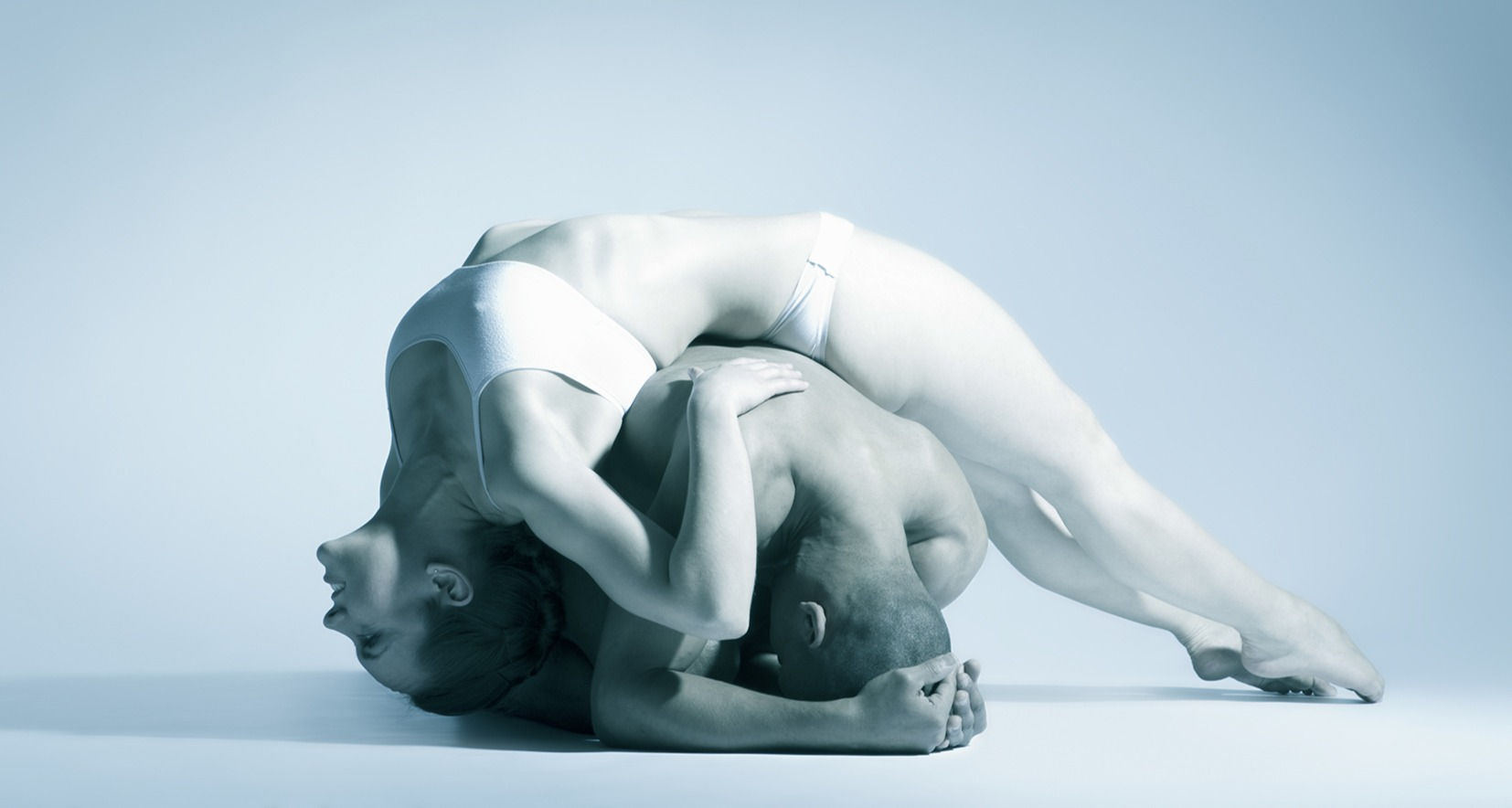

07970 056987
Health Is Your Strength

Clover Sterling
Registered Osteopath
What is Osteopathy
Osteopathy is a system of diagnosis and treatment of a wide range of medical conditions. It works with the structure and function of the whole body, and believes the health of the individual’s foundation depends on the skeleton, muscles, ligaments and connective tissues working in harmony together.
Osteopaths assists the body’s own healing mechanism by applying hands-on stretching, soft/deep tissue massage and physical manipulation techniques to increase joint mobility, which relieves muscle tension and enhances the blood and nerve supply to the tissues.
If appropriate they may also provide advice on posture, work place setup, exercise and naturopathic dietary advice to aid recovery, promote health and prevent recurrence of symptoms.
Osteopaths can help identify the cause of pain or injury, and develop a safe and effective course of action to manage pain, in order for people to return and maintain an active quality of life.
Osteopaths can help with the following types of problems:-
• Neck / back pain & stiffness
• Frozen and stiff shoulders
• Repetitive Strain injuries
• Hip and knee problems
• Leg pain /sciatica
• Sports injuries
• Headaches
• Whiplash injuries / Trapped nerves
• Ankle and foot problems
• Arthritic pain and joint stiffness
Osteopaths are healthcare professionals who are specifically trained in diagnosing health issues. At the start of your first appointment, your osteopath will ask you questions about your medical history and lifestyle, as well as any symptoms you may be experiencing. This is very important as it will help them to make an accurate diagnosis and suggest appropriate treatment.
They will write down what you tell them in your records. These will be treated as confidential in accordance with standards of practice set out by the General Osteopathic Council and the General Data Protection Regulation (GDPR). If you wish, you may request a copy of your notes, but you may be charged an administration fee for this.
Your osteopath will need to examine the area(s) of your body causing discomfort. Sometimes the cause of the problem may be in a different area to the pain, (For example, pain in your lower arm may be linked to the nerves in your neck) so they may need to examine your whole body. They will need to feel for any tightness in the muscles and stiffness in the joints and may need to touch these areas to identify problems. They will explain what they are doing as they go along.
If you are uncomfortable with any part of this, you have the right to ask them to stop at any stage, without prejudicing your future treatment.
What to wear
As with any healthcare appointment, it may be necessary for your osteopath to ask you to remove some clothing. This is so they can see and touch the areas of the body causing you concern. Your osteopath will want you to feel at ease, therefore if you feel uncomfortable undressing to your underwear, your osteopath may be able to suggest wearing clothing, such as shorts and a t-shirt, or close-fitting garments, that will enable them to work effectively, so please do discuss this with them.
You may wish to seek treatment from an osteopath of the same sex as yourself. You are also welcome to ask a friend or relative to accompany you and be present throughout your appointment.
Your treatment
Your osteopath will make a diagnosis and discuss a course of treatment with you. This may involve further visits for manual therapy – a range of gentle hands on techniques that focus on releasing tension, stretching muscles and mobilising joints. Together with exercises that you can do at home and helpful advice designed to help you relieve or manage your pain, keep active and maintain the best of health. They will discuss the likely cost of this and ask for your consent to begin treatment.
Most osteopaths will begin your treatment at your first appointment, but sometimes they may require further tests first i.e. blood tests or scans. Occasionally they may diagnose an illness that they are unable to treat and may refer you to your GP or another appropriate health professional.
Is treatment painful?
Osteopathic treatment is usually a very gentle process and osteopaths work very hard to make treatment as painless as possible, but you may experience some discomfort during and after treatment. Your osteopath will warn you if they think that the technique that they are about to use is likely to be uncomfortable and will stop if you tell them that you are feeling too much pain.
Following treatment you may experience some mild soreness in the area of their body that was treated, this will normally will go away within 48 hours. If you experience serious or unusual symptoms after treatment you should contact your osteopath straight away for advice.
Training and Regulation
You can be confident that your osteopath has the highest level of training and expertise, and will provide a safe and effective diagnosis and treatment for you. In the UK, the osteopathic profession is regulated by the General Osteopathic Council and osteopaths are trained to degree level, taking a minimum of four years, including over 1000 hours of contact time with patients at undergraduate level.
Osteopaths are also recognised by the NHS as allied health professionals and play a critical role in the diagnosis, treatment and care of people of all ages.

.jpg)

